Building a 2020 Tech Vision
Much attention has been paid to the consumer technologies and digital media now disrupting the TV industry. Behind the scenes, though, there’s been an equally important revolution in the technology infrastructures that media and entertainment companies use to create and distribute content.
This year’s Technology Leadership Awards honorees have been at the forefront of that revolution, developing and deploying new technologies that promise to radically change the way TV companies operate, giving them new facilities and tools for a host of new services and business strategies.
This year’s award winners will be honored at the Technology Leadership Awards dinner in Atlanta on Thursday, March 5. Here are their stories.
Fred Baumgartner
Director, Next Gen TV Implementation ONE Media 3.0 /Sinclair Broadcast Group
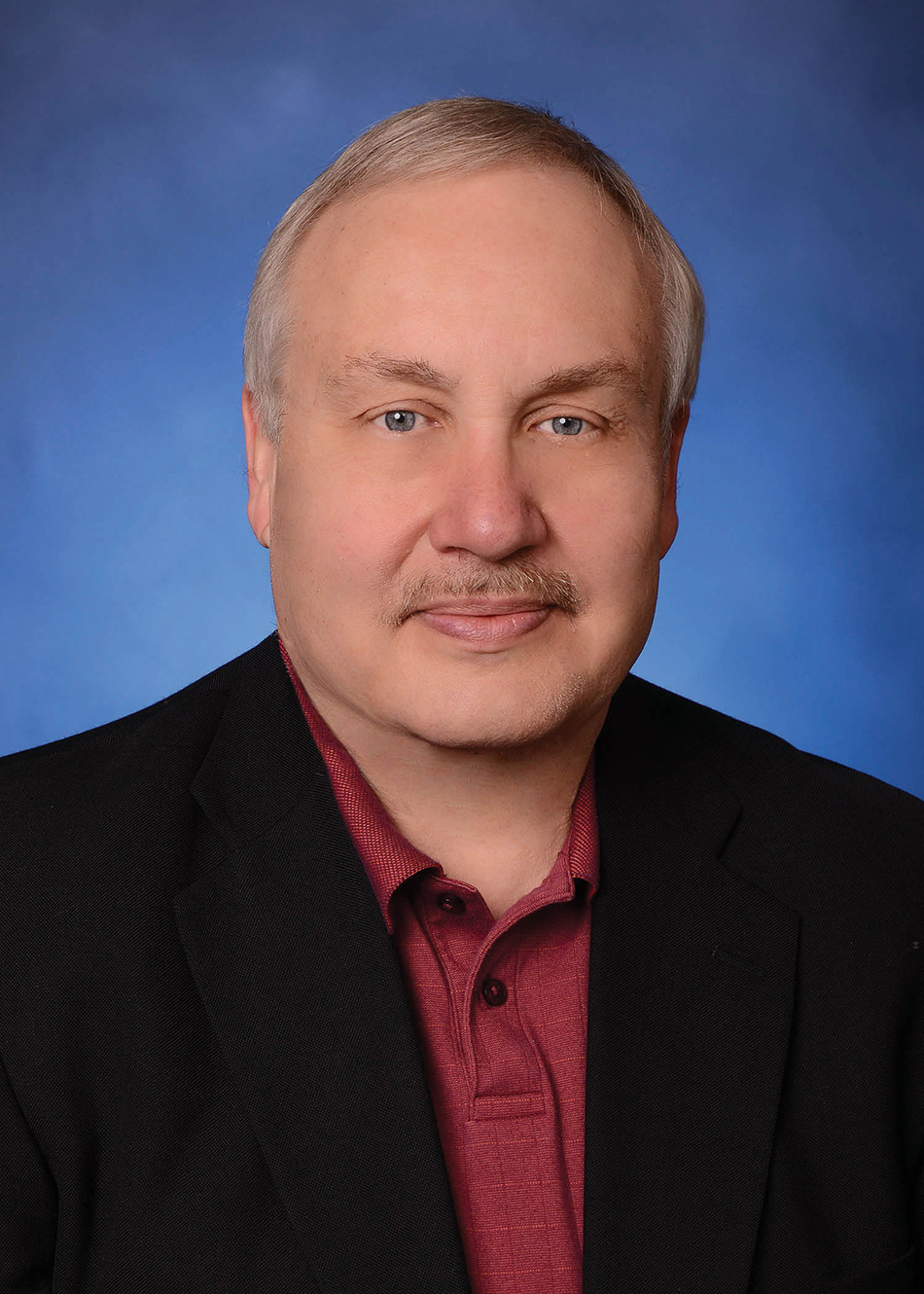
Fred Baumgartner is more than a prime example of the innovative tech work that has long come out of the broadcast industry. His long and varied career in broadcasting, emergency alerting, cable, mobile and tech training also shows how tech leaders use their experience to implement technologies like ATSC 3.0, which promises to revolutionize the over-the-air television.
“I’ve been lucky enough to have had a front-row seat to many, if not most, of the advances that make up next-gen broadcasting,” said Baumgartner, working at Sinclair Broadcast Group’s ONE Media 3.0 to develop some of the first applications of ATSC 3.0.
Baumgartner has held a lifelong fascination with broadcasting. At 12, he and a friend set up a radio station, which the Detroit police soon shut down. By 16, he was working at an AM radio station.
Multichannel Newsletter
The smarter way to stay on top of the multichannel video marketplace. Sign up below.
After getting a bachelor’s degree in electronics education at the University of Wisconsin, he taught school for two years before moving to full-time broadcast engineering, first in radio and then in TV. He was chief engineer at a number of TV stations, including KDVR/KFCT Denver and WTTV/WTTK Indianapolis.
In the early 1990s, he played a key role in the development of emergency alerting systems and published hundreds of articles and several books on radio and TV engineering. He’s also been extremely active in training at industry organizations like the Society of Broadcast Engineers, work that won him the SBE Educator of the Year Award.
Rounding out that already wide ranging resume, Baumgartner was also director of engineering at the Comcast Media Center in Denver; he directed the Leitch/Harris Systems Engineering Group; and he was director of broadcast engineering for Qualcomm’s MediaFLO, a groundbreaking effort to deliver content to mobile devices.
Baumgartner’s long history of innovation and wide-ranging resume have guided his work developing new applications for ATSC 3.0. “The major value to the industry is the merging of OTT and OTA and using our advantage to wirelessly deliver content,” he said. That will create “a world of opportunity,” boosting audiences with the addition of mobile viewing and creating business opportunities with new ad revenues from “dynamic ad insertions and hyperlocalized programming,” he said.
Chris Blandy
Executive VP, Technology Solutions Walt Disney Television
One obvious example of Chris Blandy’s technology leadership in the TV industry occurred earlier this year, when his old tech teams at Fox Networks Engineering & Operations (now part of Walt Disney Television) won a Technology & Engineering Emmy Award, along with Discovery, Amazon Web Services, Evertz and SDVI, for their pioneering work in developing public cloud-based linear media supply chains.
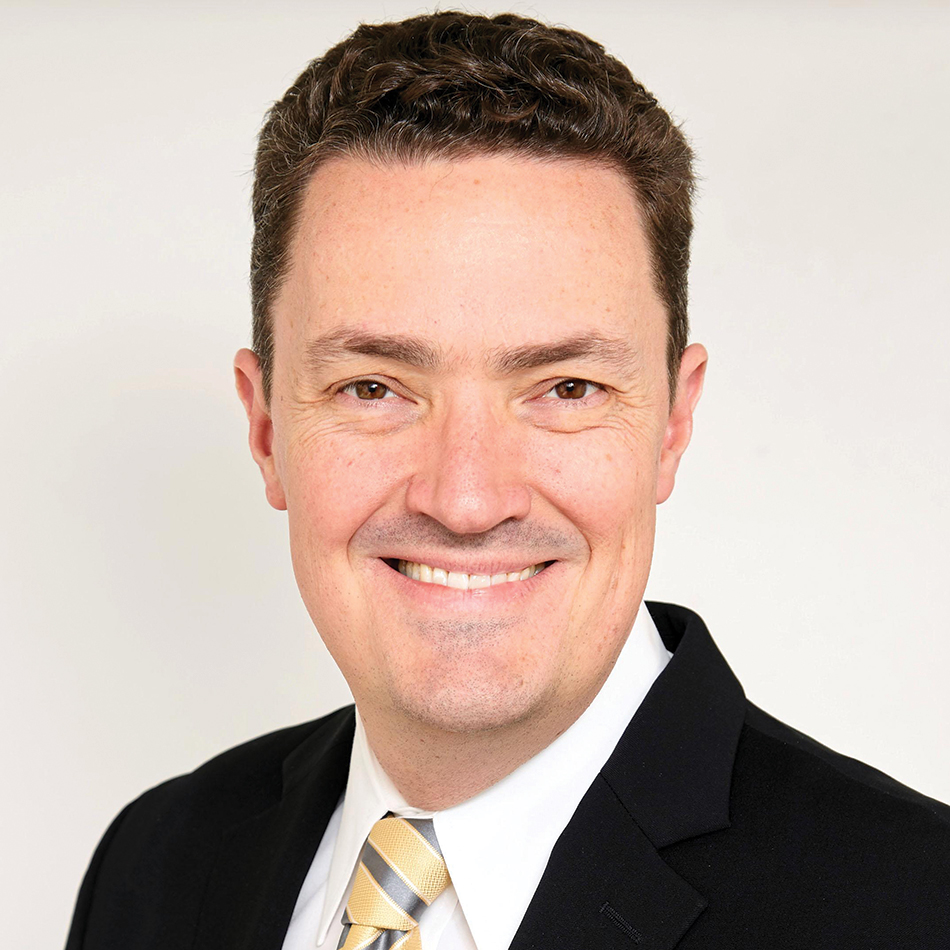
Work on issues like “linear media supply chains” may sound obscure, but it’s part of an industry-wide effort to deploy new, much more flexible technologies that will allow media companies to thrive in a digital world. “It has really been a game-changer for our operations,” Blandy said.
Blandy’s fascination with new technologies began as “young boy when my dad brought home a Commodore [home computer] in the early 1980s.” At the University of Texas, Blandy studied economics but worked in technology throughout his school tenure. He learned valuable skills in digital video and multimedia while working at the school’s computer lab from 1995 to 2000.
Such skills were increasingly in demand at TV operations and in 2000 he joined Fox Sports to help them build out their digital presence, which included the first webcast of a major college football game.
More innovation followed as he assumed increasingly senior roles. In 2007, he led Fox’s initial tech efforts for the launch of the Hulu joint venture with NBCUniversal, and as SVP of digital media at Fox, he supervised the development of their pioneering TV everywhere initiatives.
Then, as executive VP of technical solutions at Fox Networks Engineering and Operations from October 2013 until 2019, he assumed direct responsibility for TV engineering teams, merging the digital teams into the broadcast engineering group. “That enabled us to take another look at the entire supply chain and figure out how we could leverage some of the expertise we had in software, IP and cloud technologies,” to radically rethink their operations, he said.
These efforts, which recently earned a technical Emmy, “allowed us to take the best of both world, broadcast and digital,” to build new cloud and IP-based infrastructures, Blandy said.
After the Disney acquisition of the 21st Century Fox properties, Blandy is continuing those efforts as executive VP of technology solutions. “We’re keeping an eye on the future while continuing to integrate all those platforms” for the combined Disney and Fox operations, he said.
Terri Gunnell
Executive VP, Monetization & Data Platforms WarnerMedia Technology and Operations
As all the major TV companies pivot their business strategies to launch direct-to-consumer subscription or ad-based video-on-demand streaming services, advanced technologies for better data analytics, monetization and advertising have become central to the industry’s success.
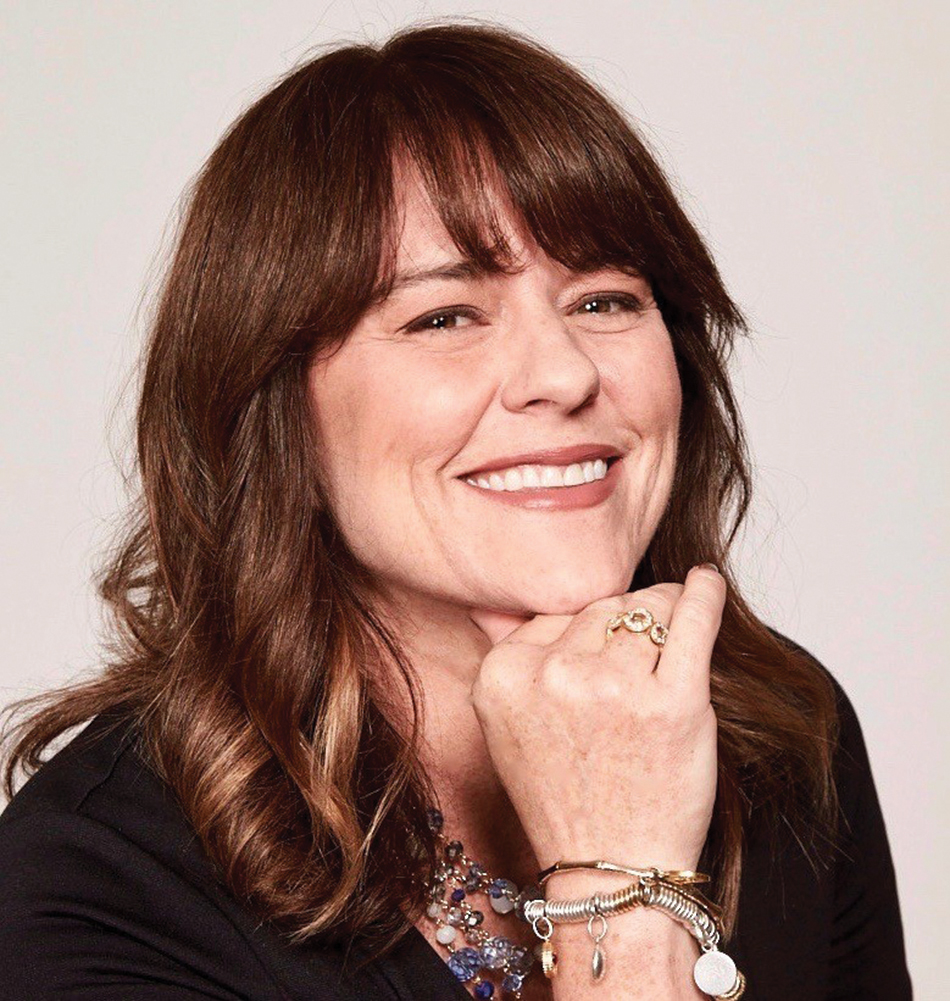
Terri Gunnell’s success in using those technologies to strengthen traditional TV businesses and build new ones dates back to an early passion for learning new technologies. After graduating from Florida State University, she joined Turner Sports in Atlanta in 1991 as a production assistant and then moved into trafficking and scheduling ads for Turner’s networks.
Here, she quickly displayed an aptitude for finding new ways to use technology to strengthen operations and businesses. All on her own, she figured out how to use the relatively primitive data software tools of the time to send reports about pricing and inventory to the ad sales team in New York. “I just always had this passion for figuring out how we could use data to make more money and make ourselves more efficient,” she recalled.
That led to a 1996 promotion to join the ad sales team in New York and pioneering work on developing new technologies for managing and selling ads. In 2000, Gunnell was named director of product design and implementation for ad sales, initially overseeing the business requirements for new ad technologies and then managing both the business requirements and the engineering teams for those technologies.
Those teams in 2008 created Crossroads, a custom-built trafficking system that would win a technical Emmy, and a host of other new tools for Turner’s ad sales and monetization efforts.
Building on those successes, Gunnell took a series of increasingly important roles and in 2019, following AT&T’s acquisition of Time Warner, she was promoted to her current role, heading up data and monetization tech efforts at WarnerMedia.
“One of our big focuses is on how we can use our data to power [the upcoming launch of] HBO Max,” she said. Her teams are also working with AT&T and Xandr on new ad and data analytics systems, including the development of a complete cross-platform suite of tools and the launch of national addressable advertising on WarnerMedia’s TV networks in 2021.
Throughout her career, Gunnell has also focused on her tech teams, which have very low turnover, and on mentoring as a way to encourage innovation. “I’ve had the good luck of getting help in my career and I’m really a fan of taking mentoring very seriously,” she said.
Renard Jenkins
Former VP, Production, Media and Distribution Operations PBS Technology and Operations
Renard Jenkins has been a notable example of TV network tech leadership from the start of his career at CNN, where he won Emmy Awards, to PBS, where he has played central roles in the launch of PBS Kids, the creation of the PBS’s Advanced Format Center and the rollout of new content delivery infrastructures. He recently left PBS to pursue a new opportunity.
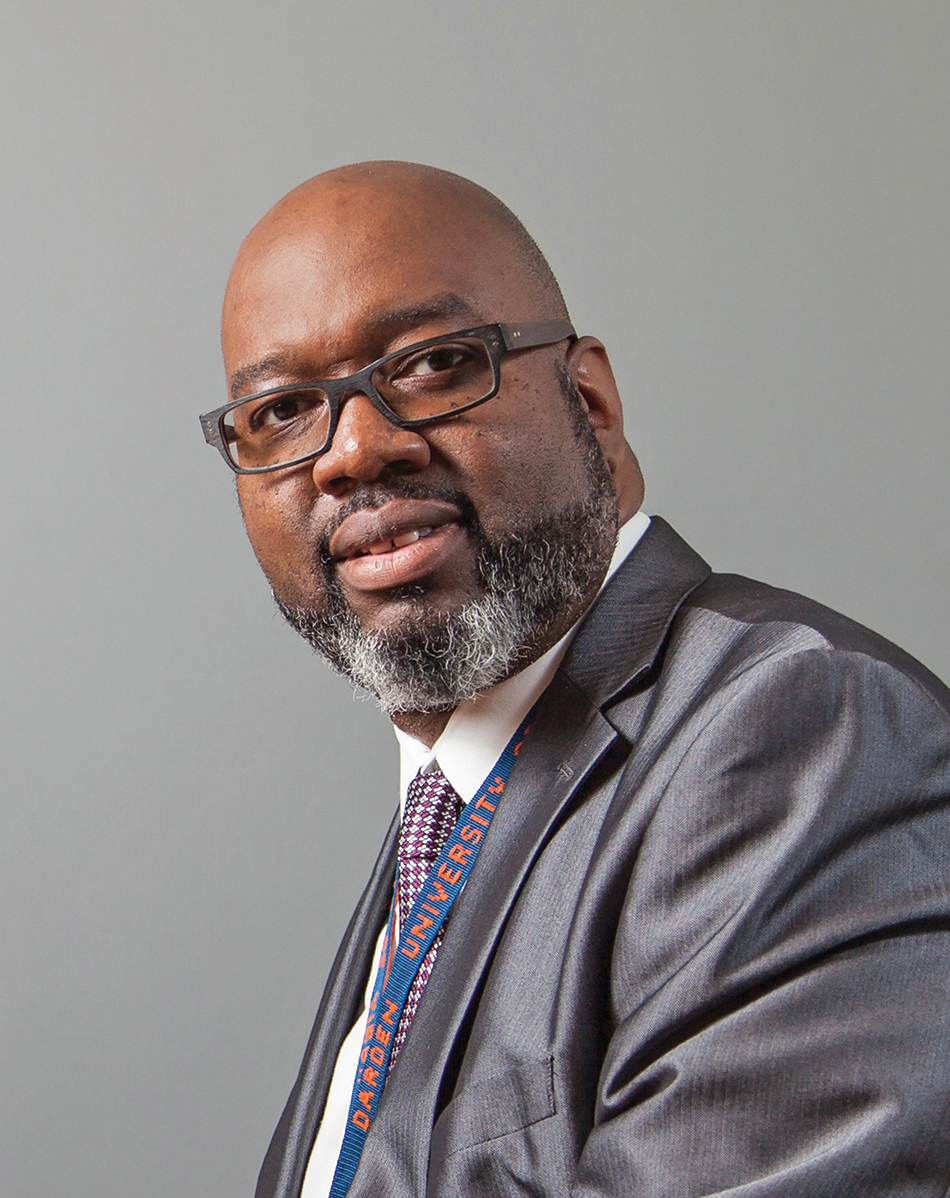
Jenkins started college at Florida State University with the idea of becoming a marine biologist. He was frequently put in charge of filming ocean dives, and eventually decided to pursue his longstanding love of film, music and sound as a career.
Jenkins landed at CNN in 1989. “I got there just in time for Desert Storm and I became part of an award-winning team of editors who traveled the world and put out a lot of content,” he said.
CNN was “like a giant R&D playground” in those years, Jenkins recalled. This enabled him to test and play with a wide range of production equipment, skills that helped him move CNN to a file-based editing system. After a stint at Discovery Communications between 2006 and 2009, where he refreshed the company’s Technical Center, he joined TV One, where he helped design, build and then lead the network’s production facility.
Since joining PBS in 2010, he helped set up PBS’s Advanced Format Center and used the R&D facility to spearhead a wide range of pioneering work with stations, vendors and manufacturers on the creation and distribution of VR/AR, 4K, high dynamic range (HDR), new audio systems and other formats. “We really want to get an understanding of where these things are going to land,” Jenkins said.
Jenkins has also been playing a central role in the development of PBS’s next generation of media supply chains and content delivery systems, which will move the network and stations to cloud and IP-based infrastructures. It’s already helping public broadcasters quickly launch new services, such as the recent rollout of PBS stations on YouTube TV.
But Jenkins, who has won a number of awards for his work over the years, said he is most proud to have been the technical lead on the launch of PBS Kids. “It touches our youth and our most vulnerable children and gives them a space to learn and grow,” he said. “That means a lot to me.”
Aaron LaBerge
Executive VP & Chief Technology Officer The Walt Disney Co., Direct-to-Consumer & International
Aaron LaBerge’s long list of innovative tech efforts run the gamut from the launch of sports websites and early work on the internet delivery of sports clips, to pioneering mobile offerings and the recent launch of Disney+.
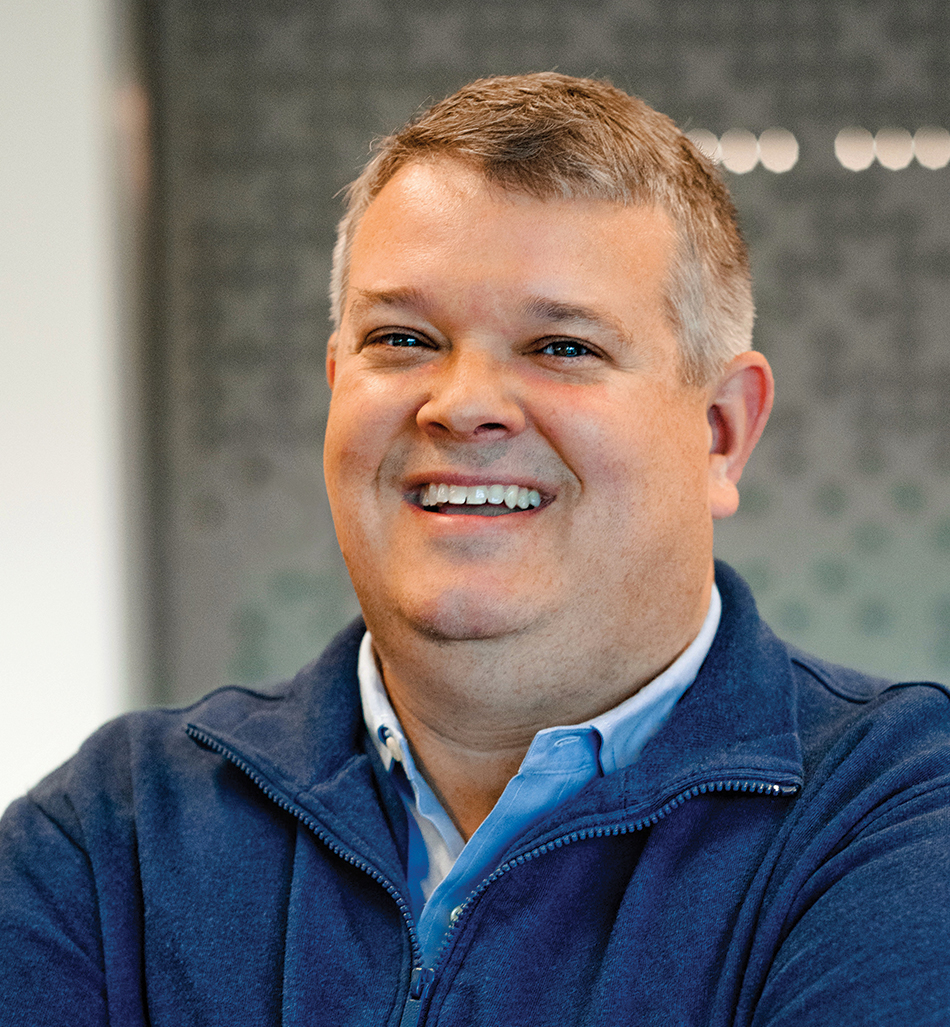
LaBerge is also a notable example of how executives with a background in software, computers and digital are revolutionizing the TV industry. Those skills would ultimately lead to his getting the job as chief technology officer at ESPN — only the second in company history — and to his current role, with responsibility for the technology vision and strategy of Disney’s direct-to-consumer and international efforts.
“I think a lot of people think of Disney as being a content company,” LaBerge said. “We are certainly a master storyteller that is all about our characters and experience, but the earliest days of Disney and the earliest days of ESPN, it’s always been about a marriage of content and technology, and I think that is even more true today.”
LaBerge became fascinated with the web and computer software while studying engineering at the University of South Carolina and after school went to work in software engineering, joining Starwave in 1997, which was involved in pioneering web work for the likes of ESPN.com, NBA.com, NFL.com and others. “We created the first version of ESPN.com and found a way to automatically load scores to the website,” he recalled.
After The Walt Disney Co. acquired Starwave in 1998, LaBerge joined Disney Interactive and then ESPN, overseeing tech teams on a number of pioneering projects, including early efforts to put video clips on the website and the launch of ESPN’s mobile product in 2005. “Rethinking the workflows for that project laid the foundation for our later mobile efforts today, where we continue to be a leader,” he said.
After a stint as the co-founder of software company Fanzter, he returned to ESPN in 2015 as only its second CTO. In that role, he used his digital background to revamp traditional TV operations.
He assumed his current role in 2018, following Disney’s acquisition of the 21st Century Fox cable and studio assets, overseeing the technological vision and tech teams at the Direct-to-Consumer & International division.
Those efforts have already led to the successful launch of Disney+, which has racked up nearly 29 million subscribers as of the end of January. “We’ve integrated the 20th Century Fox team and we are creating a truly global organization so that everything we do is not just domestic, but global,” he said.
Stephanie Lone
Senior VP, Engineering, CBS Sports Digital CBS Interactive
While live sports is one of the most popular types of online content, it’s also one of the most difficult to deliver. Consumers expect streaming services to provide the high quality video they’ve long demanded from broadcasters and cable networks.
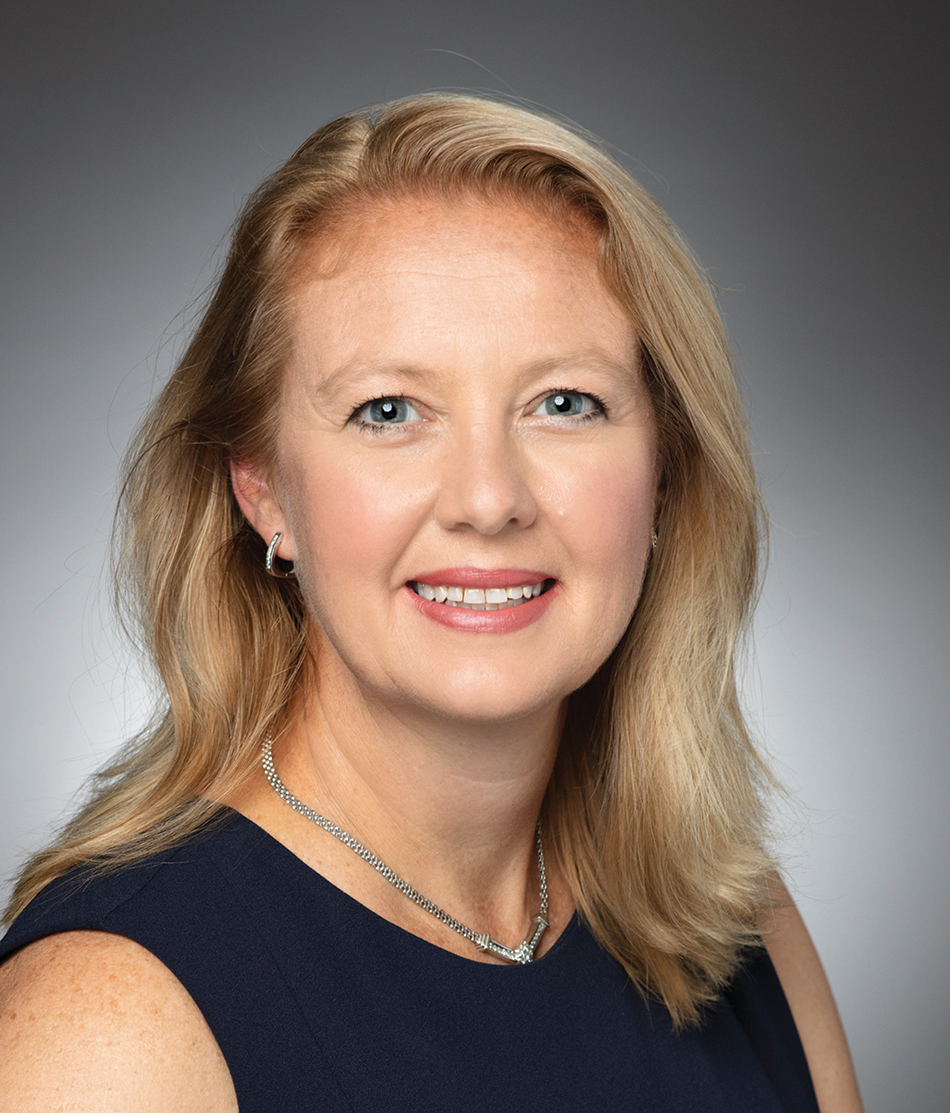
That imperative makes Stephanie Lone’s lengthy career at CBS Interactive and CBS Sports Digital particularly noteworthy, given that the innovative technologies developed by her teams now deliver a mind-boggling 30,000-plus live streaming events each year, as well as a host of other services from fantasy sports to breaking news.
Much of this was built on an early fascination with tech and new media. As a kid, Lone recalls playing games on computers and learning how to code improved versions of them. While earning a bachelor’s degree at North Carolina State University from 1989 to 1993, she was so fascinated with multimedia applications she convinced her professors to let her put together a multidisciplinary course of study with an emphasis on multimedia.
After graduating, she started her own company focused on multimedia, animation and design that began working for SportsLine. SportsLine acquired her company in 1997 and was in turn acquired by Viacom in 2004.
At CBS Interactive, Lone has held a series of increasingly senior roles, including a promotion to VP of core data services in 2007, VP of ad revenue systems in 2008 and VP of shared platforms in 2010.
Armed with that wide-ranging expertise in digital media, she moved back to sports in 2014, first as VP of engineering at CBS Sports Digital and then in her current role in 2019, where her teams have developed pioneering cloud-based workflows. “By executing the majority of the workflows in the cloud, we’ve been able to deliver very high-quality video with low latency for very high-profile events like the Super Bowls,” she said.
At the same time, her team has used cloud-based workflows to successfully spin up new services like CBS Sports HQ and deliver an ever-growing roster of live events.
“The digital transformation we did 18 months ago now allows us to execute over 30,000 live events in the cloud,” she said, which in turn has made CBSI more efficient and flexible. “It allows us to deliver the best possible experience to the consumer.”
She credits that success to her teams. “We wouldn’t be achieving what we’ve done if we didn’t have this fantastic team of people,” Lone said.
Jeff Mayzurk
Senior VP of Operations and Technology NBCUniversal Telemundo Enterprises
Jeff Mayzurk joins this year’s class of Technology Leadership Award winners after years of innovative work, most notably in overseeing the design and construction of the Telemundo Center in Miami, a facility that employs groundbreaking internet protocol and cloud technologies.

As with some other 2020 award winners who’ve brought innovation from newer media into the TV industry, Mayzurk developed an early fascination with computing and software. By age 10, he was playing around with computers. After graduating from the University of Texas at Austin in 1996, he started working in software development at companies like CNET, which in those days was heavily involved in creating tools for publishing content to the web.
CNET had a joint venture with E! to launch Eonline.com and when CNET sold its stake, Mayzurk moved to Los Angeles to work for the cable network. That led to increasingly senior tech positions at E! and then at Comcast, as it acquired E! and expanded its cable-network portfolio. “It was a time when the media and entertainment industries that had been based on bespoke hardware were becoming more software oriented,” Mayzurk recalled. “That opened up some interesting opportunities for people like me to apply new technologies to solve problems.”
In the early 2000s, Mayzurk and his teams developed an innovative and much less costly way to launch international networks for E! that involved internet delivery.
In 2009, after Comcast announced plans to acquire NBCUniversal, Mayzurk led the tech teams overseeing transition planning. Post-merger, as general manager of West Coast Technical Operations, he led the creation of an innovative 150,000-square-foot broadcast center on the Universal Studios lot, which boosted innovation and efficiency by bringing a wide range of operations into one facility.
Building on that experience, Mayzurk was then charged with radically rethinking the company’s operations with the design and build of the Telemundo Center in Miami. When it went live in 2019, the 500,000-square-foot facility featured an all IP-infrastructure that puts 13 studios and five production control rooms on one unified infrastructure capable of creating and processing over 4,000 hours of original production per year for sports, news, entertainment, scripted drama and digital.
“The scale of the facility and the collaboration and innovation that it creates between different parts of the business and our tech teams would have been impossible with traditional TV infrastructures,” Mayzurk said.
Neil Mazur
VP of Engineering & Operations WAGA Atlanta
For some tech leaders like Neil Mazur, you quickly get the sense that technology isn’t just a tool for improving broadcasting. It’s also something they’ve loved all their lives.
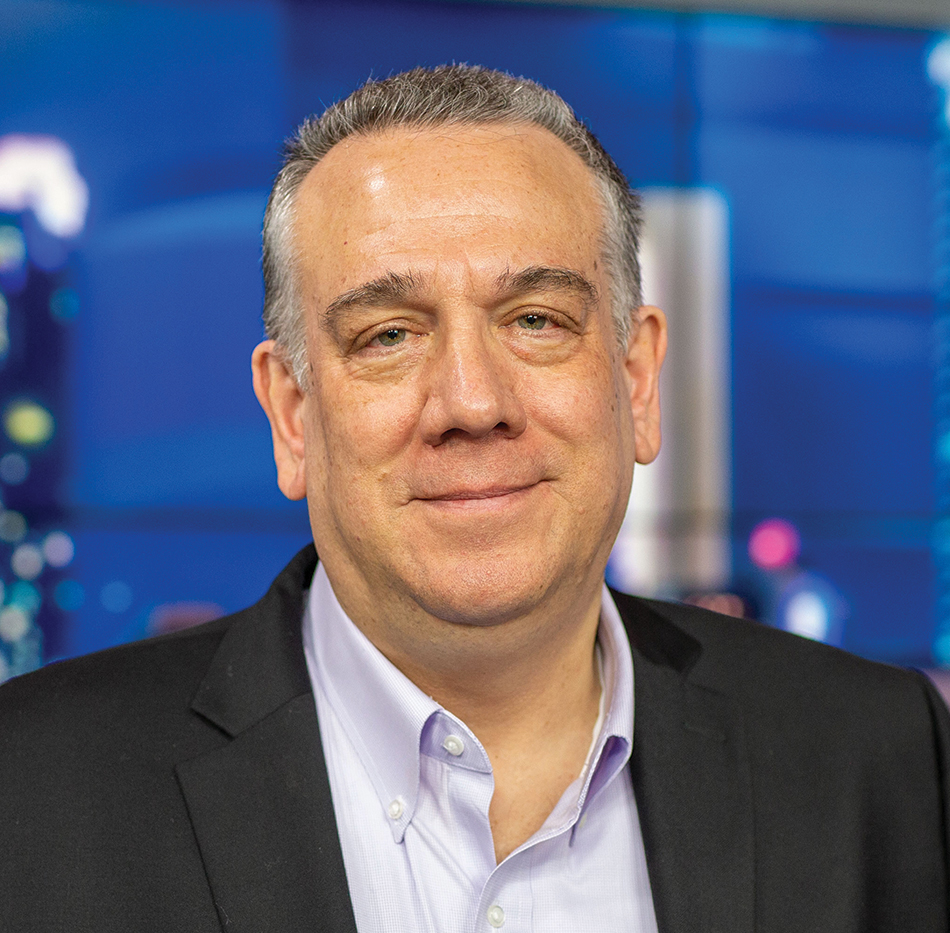
“I was always fascinated by radio and broadcasting,” recalled Mazur, who earned his amateur radio license at the age of 13 and was working at a local AM radio station by 16.
After graduating with a degree in electrical engineering from Lafayette College, he landed a job at New York’s WNEW-TV (now Fox-owned WNYW), where he quickly impressed his bosses working on the night shift. “I was getting a lot of equipment repaired at night and after about a year, they asked me to join them as a manager.”
In 1990, he moved to KCAL Los Angeles, where he worked his way up to director of engineering in his last two years before taking the top engineering job at WAGA Atlanta. At the Fox-owned station, he’s earned a well-deserved reputation for building impressive tech teams and finding new ways to improve news operations. For example, two of his most recent directors of engineering have gone on to the top engineering job at other Fox-owned stations.
WAGA produces 70 hours a week of local news, with a relatively modest tech staff. “There are very few stations in the country that produce that amount of news,” Mazur said, crediting his tech teams with finding ways to operate extremely efficiently.
“We have two people [on the tech and operations team] running our news shows in addition to a producer,” he noted. “There are still a lot of stations that claim to be automated that will have five or six people doing that.”
Notably, WAGA began experimenting with tethered drones in 2014 as part of a larger effort to use drones by Fox Television Stations and Fox News. In September 2016, WAGA’s Doug Evans and Mazur, who has a Federal Aviation Administration license to fly helicopters, got their Part 107 FAA license to fly drones.
Over time, the “Fox Flight Team” at the stations and Fox News have flown several thousand flights, including about 1,000 flights in the last half of 2019. “It has really allowed us to get footage and tell news stories that we wouldn’t have been able to any other way,” Mazur said.
Lisa Pedrogo
VP of NY Engineering & Strategic Initiatives WarnerMedia Technology and Operations
News organizations have been scrambling to meet consumer demand for more video on more platforms as the news cycle speeds up during the run-up to the 2020 elections.
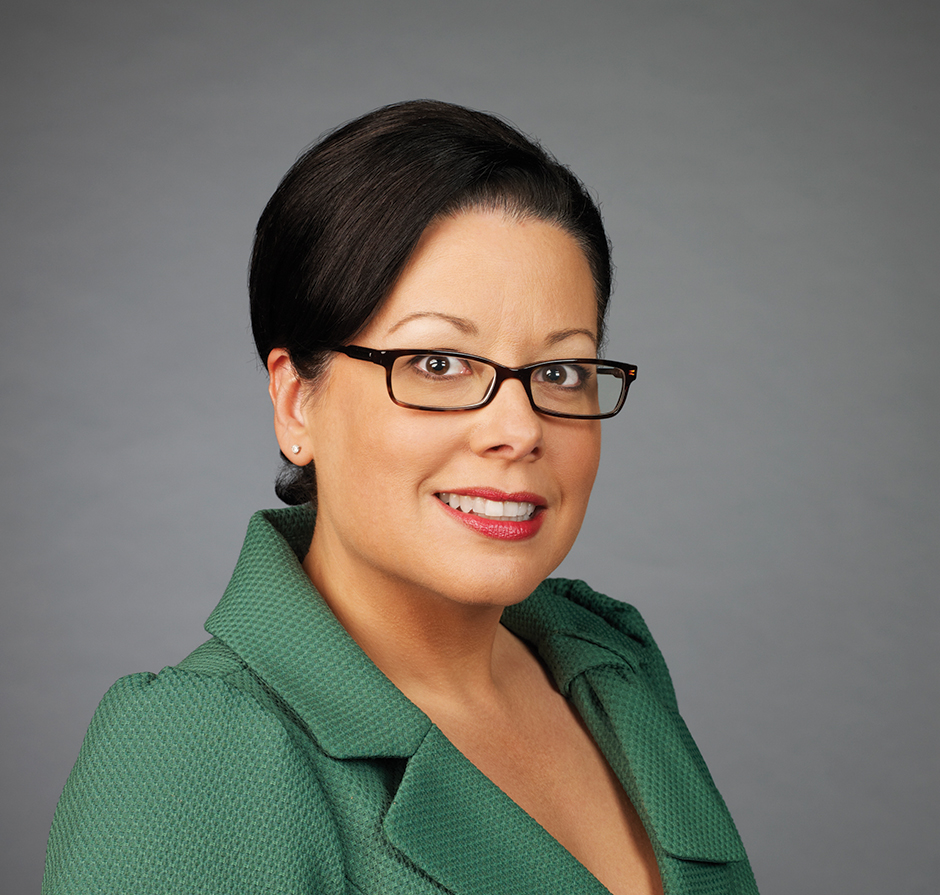
That makes Lisa Pedrogo’s work overseeing the building of a new all-internet protocol (IP) facility for CNN at New York City’s Hudson Yards particularly notable. Election season can be a trying time for engineers, Pedrogo noted, because traditional infrastructures make it difficult for them to quickly launch new offerings or speed up the delivery of news to consumers.
“We constantly need to be able to respond to developments with products that look professional but don’t take six months of ordering and installing equipment,” she said. “Going all-IP [at Hudson Yards] enables us to do more of what we want to do as we make the transition from a hardware environment to a software environment where more and more of the equipment and infrastructure is going into the cloud.”
The Hudson Yards operation, with 110,000 square feet of technical space, went live in 2019 but its creation was built on years of innovation by the tech teams at CNN and Pedrogo’s long experience with building innovative news projects.
Pedrogo, who still remembers being blown away by a visit to a TV studio at age 4, readily admits that she’s always fascinated by the medium.
After studying communications at Hofstra University, she went to work as a production assistant at CNN’s business news network in 1989. There, she quickly picked up new skills and technologies, rising to director of operations at CNNfn in 1996.
When veteran business anchor Lou Dobbs left CNN, she followed him into the digital world to assist on the 1999 launch of Space.com. After gaining valuable experience at the e-commerce and video website, she then returned to CNN, where she played a key role in the construction of a number of innovative facilities. She was project manager for CNN’s Time Warner Center studio build in 2002, then the CNN HD network launch and the rebuilding of various bureaus. In 2008, she was put in charge of technical training programs.
Looking back, Pedrogo said she’s proud not only of the projects she has managed, but the teams that have built those facilities. “I’m not an engineer but I manage engineering teams,” she said. “In doing that, I’m most passionate about leading teams to their best … and most proud of my ability to handle change and to coach people through change.”
Blake Sabatinelli
CEO , Newsy
With all the controversies over fake and partisan news, Newsy CEO Blake Sabatinelli joins the 2020 award winners for the work his teams have done in finding innovative ways to deliver fact-based news over multiple platforms.
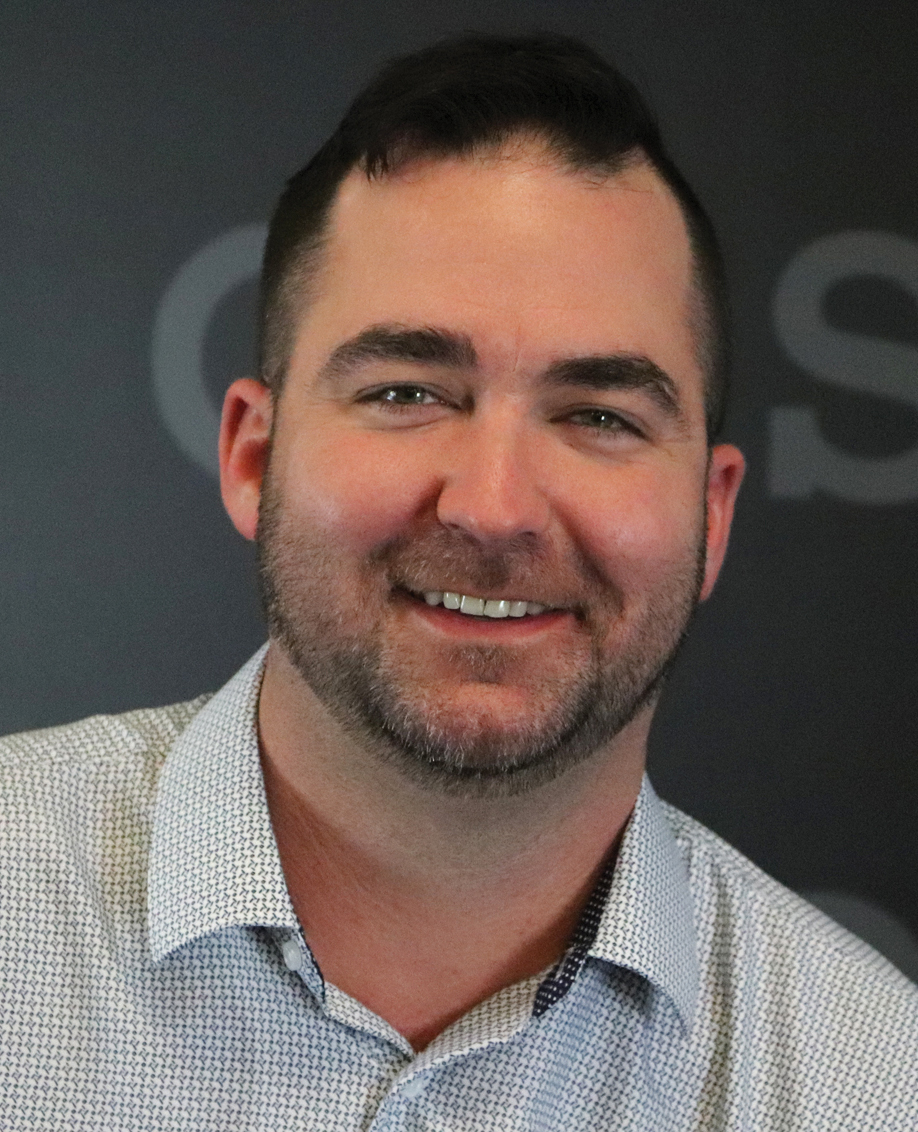
“I was always the kid who was trying to learn how to code,” Sabatinelli recalled, noting that he was building websites for people by age 15. After graduating from Florida Atlantic University, he worked as a software and web developer before taking a job as an online producer and editor for WFTS Tampa-St. Petersburg in 2007. After working his way up to executive producer of new media, he moved to WJLA Washington in 2012 and to E.W. Scripps as director of digital solutions in 2014. Sabatinelli was put in charge of Newsy in 2015, after it was acquired by Scripps.
By that time, Newsy had established a reputation for technical innovation. Launched in 2008 by media entrepreneur Jim Spencer in partnership with the University of Missouri, the streaming service focused on delivering news to mobile phones. It won accolades for its popular app and innovative production techniques for turning out news clips for its own service and a variety of clients, such as Time Inc.
Following the acquisition, Sabatinelli pushed to expand Newsy’s innovative product development efforts while strengthening its financial prospects. After seeing longer viewing times on Roku, he worked to beef up Newsy’s focus on streaming content to smart TV devices just as that market started to take off. Meanwhile, his tech teams deployed an innovative dynamic ad insertion platform to better monetize news streams. “It was the right bet and being a first mover in that space, along with CBSN, has been very helpful,” he said.
To further expand its reach, Newsy has launched a 24-hour cable channel while developing apps for a wide variety of streaming devices. “The opportunity to own a channel is an opportunity for us to be ubiquitous,” he said. “It is about being available for news consumers wherever they want to watch.”
Newsy also won kudos and awards for its long-form documentary programming and fact-based approach to the news. “You won’t see opinion hosts or pundits arguing with each other on Newsy,” Sabatinelli said. “You’ll see a reporter and video providing that information in a way that is meant to be informative and thought-provoking.”
